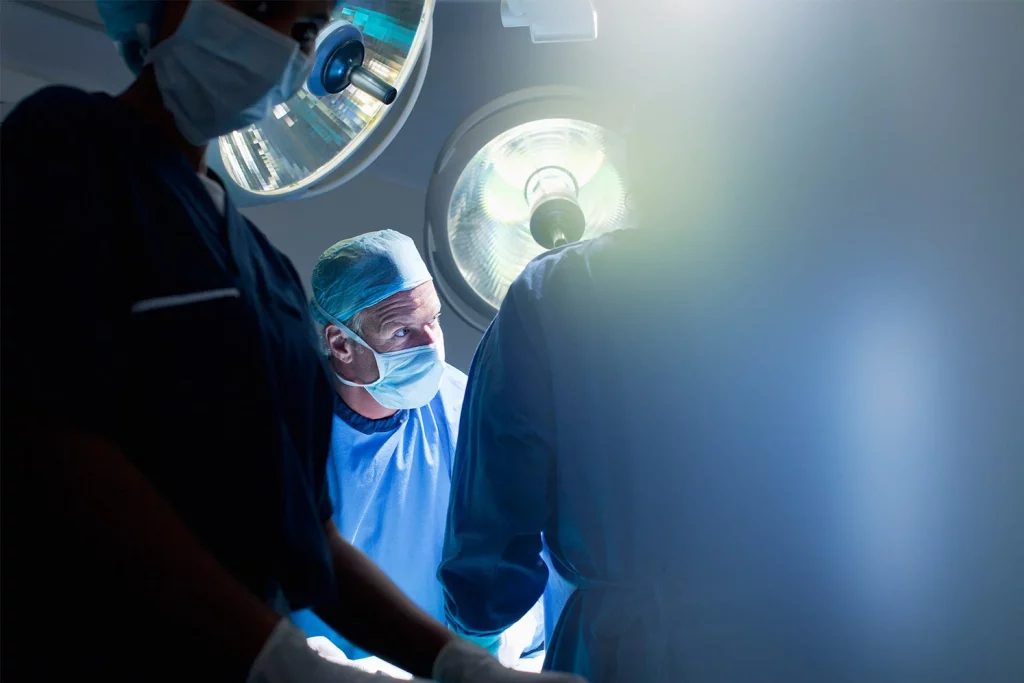Enhancing both the function and beauty of the eyes has become a cornerstone of modern oculoplastic surgery, a highly specialized field that bridges ophthalmology and plastic surgery. This discipline focuses on the delicate and intricate structures surrounding the eyes, including the eyelids, tear ducts, and orbit eye socket. Advanced oculoplastic surgery techniques now offer transformative outcomes that go beyond aesthetics to significantly improve vision, eye comfort, and facial harmony. One of the most common functional concerns addressed through oculoplastic surgery is ptosis, or drooping of the upper eyelid. This condition can impair vision by covering part of the pupil and often results from age-related changes, trauma, or neurological disorders. Modern surgical techniques, such as levator muscle advancement or Müller’s muscle-conjunctival resection, can restore proper eyelid position, thereby expanding the visual field and enhancing overall appearance. By combining precise anatomical corrections with minimally invasive methods, surgeons can achieve natural-looking results with reduced recovery time. Blepharoplasty, or eyelid surgery, is another widely performed procedure in oculoplastic surgery. While frequently sought for cosmetic reasons such as eliminating excess skin, fat, or wrinkles around the eyes it also serves functional purposes.

In cases where loose upper eyelid skin obstructs vision, functional blepharoplasty can relieve this burden, leading to better eyesight and increased eye comfort. Advanced laser-assisted techniques and endoscopic methods now make blepharoplasty more efficient, with less scarring downtime and try this web-site. Reconstructive techniques have also evolved significantly in oculoplastic surgery. Trauma, tumor removal, or congenital defects can damage the delicate structures around the eye, necessitating reconstructive procedures. Orbital fracture repair, tear duct reconstruction, and eyelid reanimation surgeries are now performed using microsurgical techniques and advanced materials such as biocompatible implants. These methods not only restore anatomical integrity and eye protection but also improve the cosmetic symmetry of the face, contributing to a person’s self-confidence and quality of life. Another groundbreaking area in oculoplastic surgery is aesthetic rejuvenation, which includes non-surgical and surgical interventions. Botox injections, dermal fillers, and laser resurfacing are increasingly used in combination with surgical methods to enhance periorbital aesthetics. These minimally invasive treatments help smooth wrinkles, restore volume loss, and brighten the eyes without major surgery, appealing to patients seeking subtle yet impactful improvements.
Surgeons tailor these treatments to each patient’s unique anatomy and aesthetic goals, ensuring harmonious and lasting results. Furthermore, advancements in imaging and surgical planning such as 3D imaging and computer-assisted design allow for greater precision in diagnosis and surgical outcomes. These technologies support surgeons in mapping the intricate structures of the eye and orbit, ensuring better functional and cosmetic results. Patient safety and comfort have also improved with newer anesthesia techniques and enhanced post-operative care protocols. In essence, oculoplastic surgery today is as much about restoring and preserving eye function as it is about enhancing facial beauty. Through innovative techniques and personalized care, this field continues to redefine what is possible in eye surgery, offering patients both clearer vision and renewed confidence.
